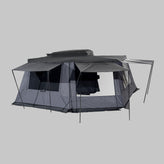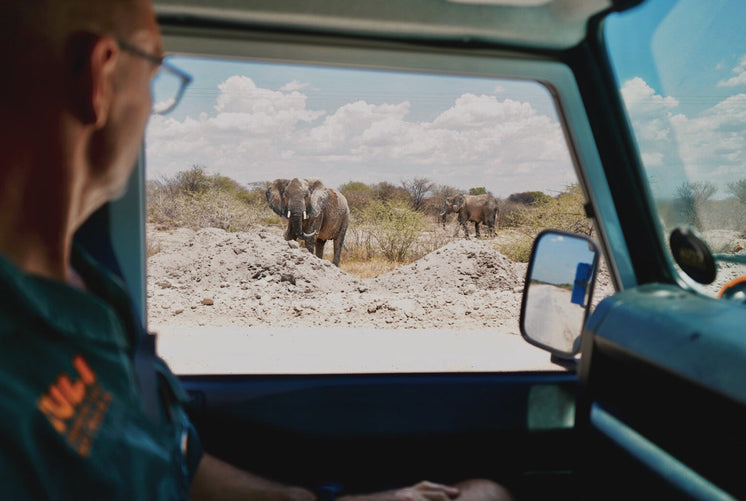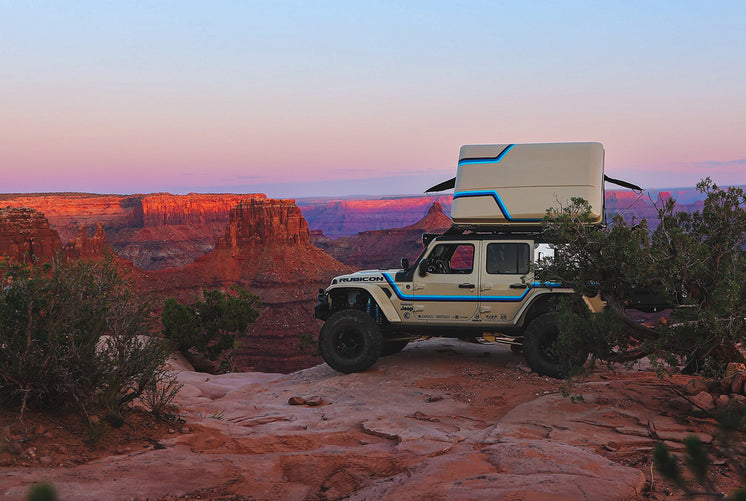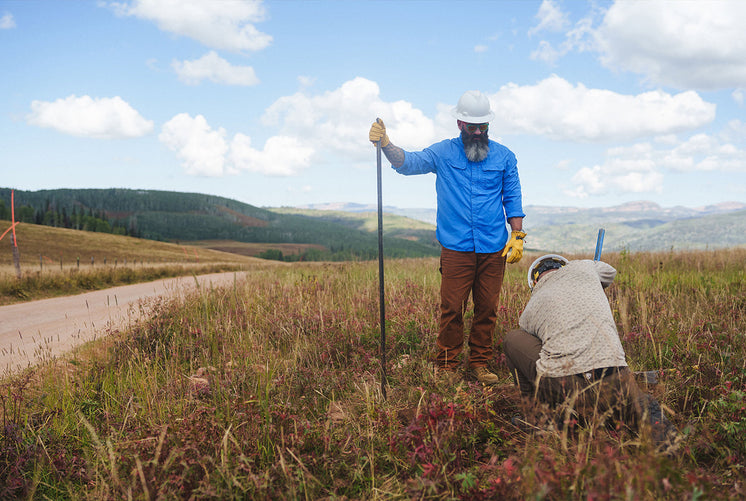Summer Overland Survival Guide
It’s no secret — summers everywhere are HOT.
Whether you’ve been saving your PTO for a camping trip or just heading out for the weekend, you’re bound to run into some heat. But just because it’s hot doesn’t mean you’re confined to spending your summer days in your air-conditioned apartment: vehicle-based camping can help provide some of the necessary creature comforts to get you through these warm summer months.
Shade & Shelter
It might seem obvious, but shade is your best friend. Find solace under nature’s awning by choosing campsites that offer some tree cover from the sun, or at least provide a bit of coverage from the sun’s rays at the height of the day’s heat. Keeping your vehicle/tent out of the sun will help reduce the amount of heat the material retains, as well as limit the wear and tear of sun damage. It’s essential to plan outdoor activities during the cooler parts of the day and take breaks in shaded spots to rest and recharge. Having a cool homebase to come back to after the day’s activities have ended will help you sleep better and keep the kids happy too!
If you can’t find a good set of trees to keep the sun away, there are plenty of on-board awning options available in every shape and size, and for any vehicle you’re driving. If you’re in the market for a do-it-all 270 degree awning, the iKamper ExoShell 270 hardshell awning will keep the sun away in the summer and the snow off of ya all winter. Adding just a bit of on-board shade can be a game-changer in helping you beat the heat!


Hydration
As summer’s heat rolls in, ensure you’re packing more than enough water for you and your crew. Engaging in outdoor activities and spending extended periods exposed to the sun intensifies the risk of dehydration and overheating, making proper hydration all the more crucial. While thirst might not always be an accurate indicator of dehydration, symptoms such as fatigue, dizziness, dry mouth, and dark-colored urine should be heeded as warning signs. There’s nothing worse (or unsafe) than heading out for a trip without the necessary amount of liquid to keep you comfortably hydrated. At a minimum, remember to bring at least 1-2 gallons of water per person, per day of your trip. The more the merrier - you’ll need water for drinking as well as hygiene and cleanup! A cooler with a few bags of ice goes a long way towards keeping the drinks chilled if you’re not into lugging around a battery-powered fridge.
It’s imperative to prioritize water as a non-negotiable item on any camping checklist, safeguarding health, comfort, and an enjoyable camping experience under the summer sun.
By bringing enough water on a weekend camping trip, campers can quench their thirst, stay cool, and minimize the risk of heat-related illnesses. So before you embark on your next summer camping expedition, remember to pack your water supplies thoughtfully, because in the blazing heat, hydration is the ultimate key to a refreshing and enjoyable outdoor experience.
Sun Protection
And if it’s the least we can do - here’s your reminder to bring your sunscreen! The open and exposed nature of camping locations often leaves individuals vulnerable to prolonged sun exposure, but a bit of SPF can help you enjoy the sun with a bit more peace of mind. Applying sunscreen with a high SPF not only shields the skin from harmful UV rays but also helps prevent sunburn, premature aging, and the increased risk of skin cancer. Additionally, using sunscreen regularly, especially during outdoor activities, ensures that campers can fully embrace the joys of nature without the discomfort and potential long-term consequences of sun damage. The sun can be intense during hot weather, so definitely think about packing a broad-brimmed hat, sunglasses with UV protection, and lightweight, long-sleeved clothing that can help shield you from the sun's rays.
Summer around here is hectic, but that doesn’t mean you can’t beat the heat and spend the rest of the golden days of summer out in nature. We’ll see you out there!


Some bonus tips from the iKamper crew here at HQ:
Appropriate Clothing: Choose lightweight, breathable, and loose-fitting clothing made of moisture-wicking materials to help keep you cool and dry. Avoid dark-colored clothing, as it can absorb more heat.
Proper Timing: Plan your activities to avoid the hottest hours of the day. Early mornings and evenings are usually cooler and more suitable for hiking and other outdoor activities.
First Aid and Medication: Pack a well-stocked first aid kit, including items for treating heat-related issues like sunburn and heat exhaustion. If you have any medical conditions that require medication, ensure you have an adequate supply and a way to store them at a proper temperature.
Bug Protection: In hot weather, bugs like mosquitoes can be more prevalent. Bring insect repellent to protect yourself from bug bites.
Food and Cooking: Opt for light, easy-to-prepare meals that don't require extensive cooking. Consider snacks and fruits that can help keep you hydrated, such as watermelon or cucumber. Avoid leaving food out for too long, as the heat can cause spoilage.
Emergency Plan: Have a communication plan in case of emergencies, as cell service might be limited in remote camping areas. Inform someone trustworthy about your camping location, duration, and when they should expect to hear from you.
Leave No Trace: Always adhere to Leave No Trace principles to minimize your impact on the environment, especially in hot and sensitive ecosystems. Learn more here: https://lnt.org/











































